Although cities take up two per cent of the world’s surface, a report by the United Nations Human Settlement Program found that they account for 70 percent of all greenhouse-gas emissions. According to UN research its is estimated that by 2050 70 percent of the global population will live in cities. As cities are pushed to expand due to growing populations, the strain on the environment is a looming threat.
In light of the challenges cities face, architects of the future need to have environmental sustainability at the forefront of their designs. So what shape will the urban spaces of our rapidly urbanizing world take in the future? Though we can’t know for sure, some outstanding examples of environmentally sustainable architecture might give us some insight on how future cities might look like.
BedZED
Beddington Zero Energy Development (BedZED) is an environmentally sustainable housing development located in the London borough of Sutton in England. The project was completed in 2002 and was designed to drastically reduce carbon dioxide emissions as well as water use. Due to its unique appearance, it has been dubbed ‘Tele-tubby land’, a children's show that depicted cheerful aliens who lived in a strange grass-covered house.
In order to achieve reductions in carbon dioxide and water usage, the project used technology in creative ways specific to the site. For example, most of the houses and flats are: passively solar heated using multi-storey glazed windows facing south where they can receive the most of the sun light.
The rooftops are decked with solar panels, which provide the development with 30 percent of its energy and incorporate rooftop gardens. Not only is the development environmentally friendly, it is also affordable. 31 percent of the apartments were assigned to social housing or shared equity and 11 percent were built as low-cost studios.
Though BedZED cuts carbon dioxide emissions, producing 37 percent less CO2 in comparison to an average development of its size, the same sort of project would be difficult to deliver in a very dense urban area. Therefore, the sort of site specific complexity seen at BedZED would be difficult to achieve. However, the project shows us that employing creative methods such as considering the role of the location yields impressive results.
Heliotrope
The Heliotrope is a sustainable house designed by German architect Rolf Disch. It was built in 1994 and two more like it has since been built in Germany. It was named after the Heliotrope plant which rotates itself to face the direction of the sun.
The building is cylindrical and rotates its triple-pane windows towards the sun to heat the building with sunlight and rotates its insulated back towards the sun when heating is not needed. Solar Panels on its roof provide five to six times the energy the building uses. In addition, the panels also rotate to follow the sun to maximize energy generation. Water waste is limited as rain water is collected and used to wash dishes and clothes and natural waste (including toilet waste) is composted.
Though Heliotrope is an individual house, the design includes plans that show the building can be upscaled into a hotel. The proposal for a Heliotrope hotel has not received financial backing as of yet, however the fact that the structure can be upscaled shows that erecting structures that employ similar technology is plausible.
Bank of America Tower
Completed in 2009, the Bank of America Tower is the second tallest skyscraper in New York. The building shows that environmental sustainability and commercial success is possible. The team responsible its construction aimed to show that economic and ecological principles are compatible. The cost of the environmental features paid for themselves within five years of construction by reducing operational costs.
Its sloping exterior is strategic to the building’s sustainability as the slopped walls increase the amount of sunlight illuminating the interior space. The form is also instrumental to collection and use of rainwater. The building also uses an on-site natural gas-fueled power plant which provides 70% of its yearly energy.
Despite all the environmentally features, according to a city study, the tower consumes twice as much energy as the taller Empire State, which has been retrofitted in 2009 to improve its environmental sustainability. Nevertheless, the attention that the Bank of America Tower has received has helped to bring the environmentally sustainable building into the mainstream.
Overall, as cities grow in population and as the environmental threat increases city landscapes are sure to evolve. As buildings consume a huge amount of energy and are responsible for a great proportion of pollution, namely carbon dioxide emission, it is important that future architecture employs features to combat environmental impact.
Though this is a complex task many architectural examples today show that efforts are being made. The Bank of America Tower does not go far enough however, BedZED and Heliotrope may prove less practical. Nevertheless, each project has introduced different ideas which may transform the cities of the future.
As most cities are already densely built up, perhaps the most important task at hand is retrofitting existing buildings. Examples such as the Empire State, which has achieved 38 percent energy reduction, show that environmental impact is effectively reduced by focusing on current buildings.






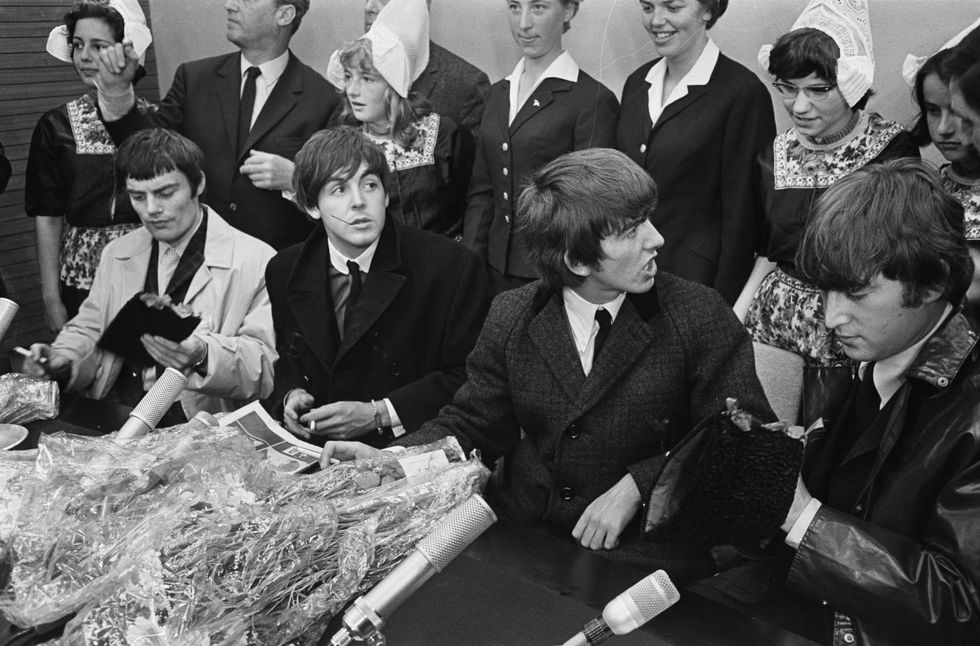


 Going to the cinema alone is good for your mental health, says science
Going to the cinema alone is good for your mental health, says science
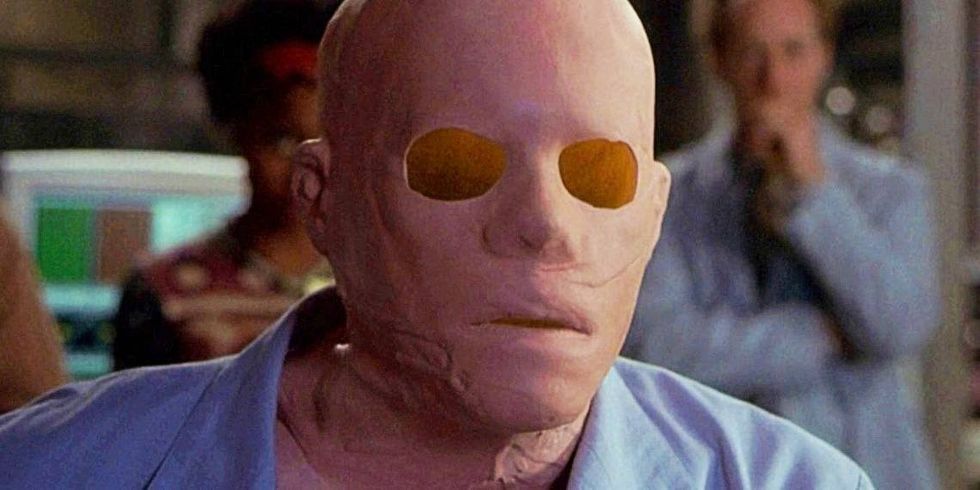
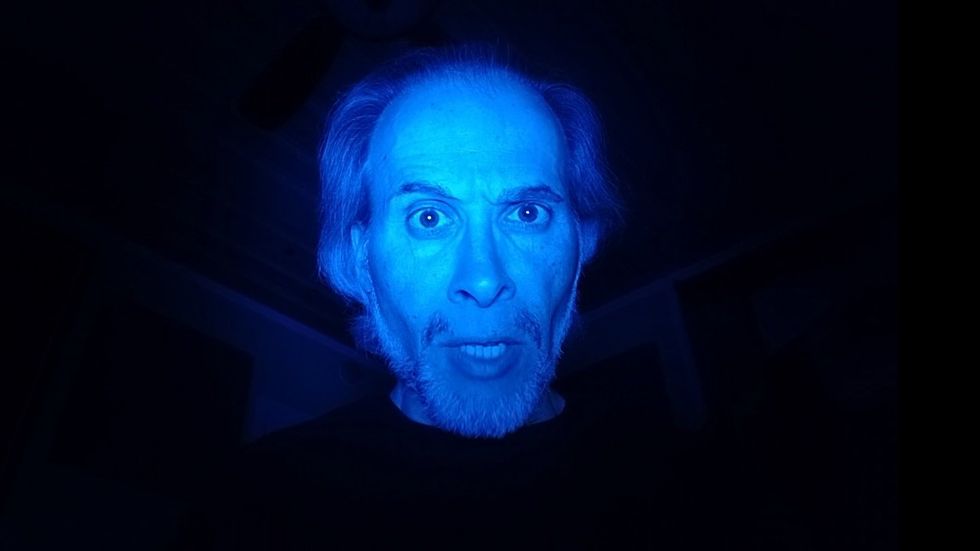
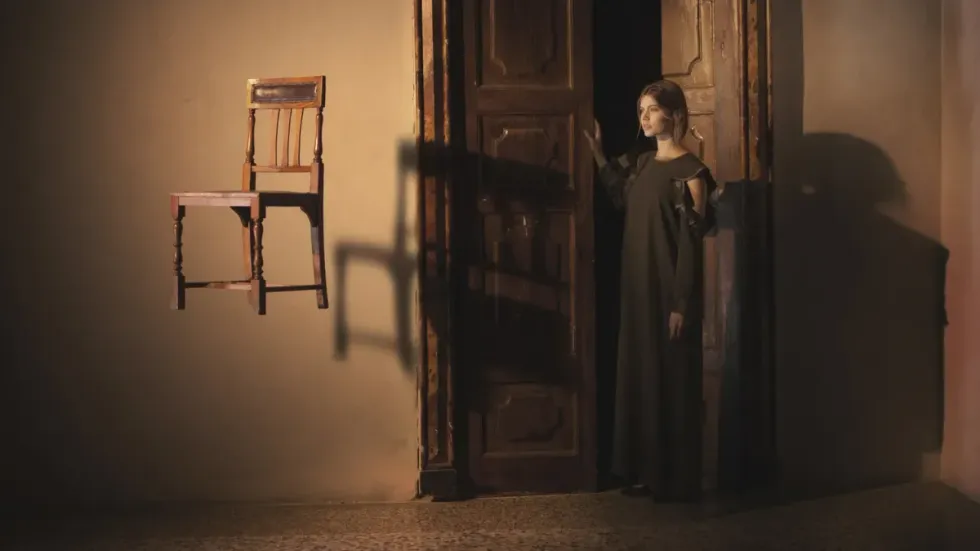
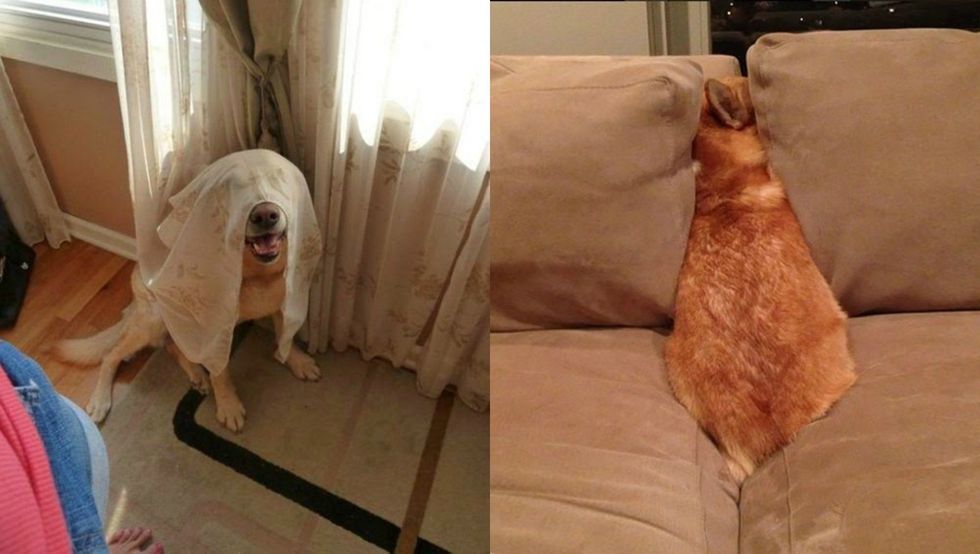





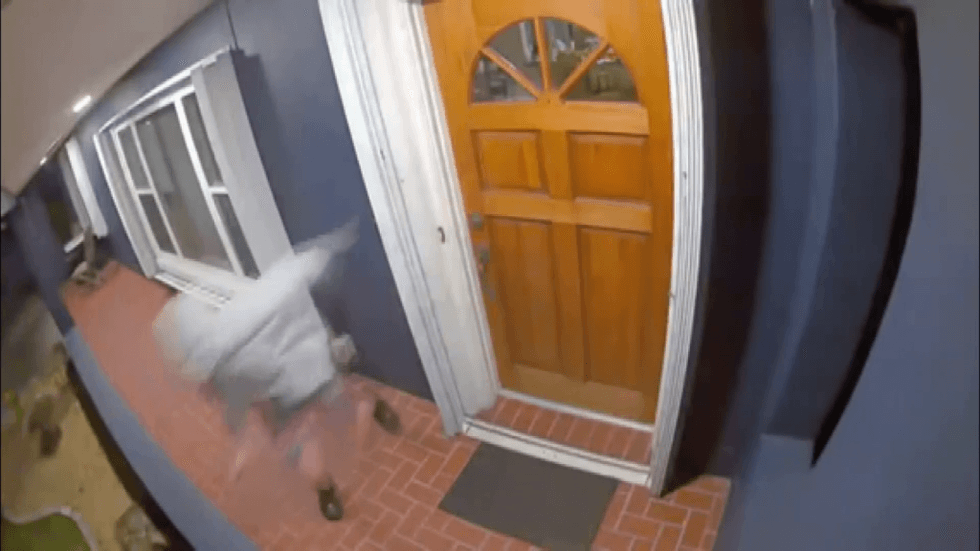


 women in street dancing
Photo by
women in street dancing
Photo by  man and woman standing in front of louver door
Photo by
man and woman standing in front of louver door
Photo by  man in black t-shirt holding coca cola bottle
Photo by
man in black t-shirt holding coca cola bottle
Photo by 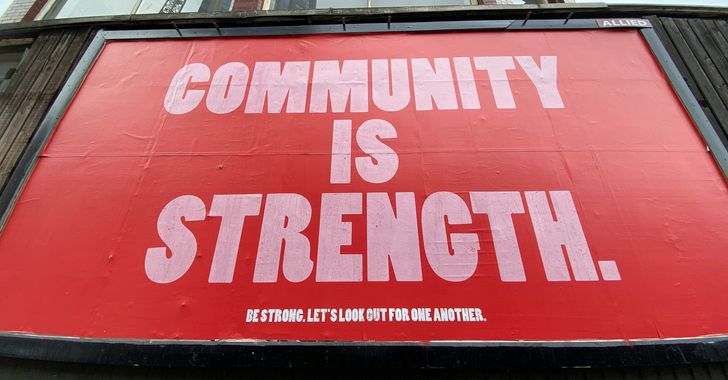 red and white coca cola signage
Photo by
red and white coca cola signage
Photo by 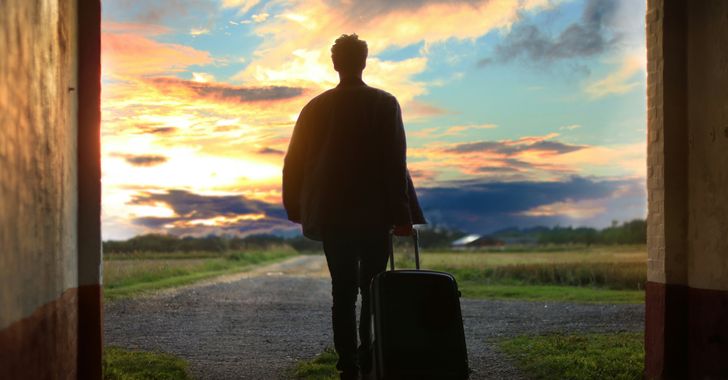 man holding luggage photo
Photo by
man holding luggage photo
Photo by  topless boy in blue denim jeans riding red bicycle during daytime
Photo by
topless boy in blue denim jeans riding red bicycle during daytime
Photo by  trust spelled with wooden letter blocks on a table
Photo by
trust spelled with wooden letter blocks on a table
Photo by 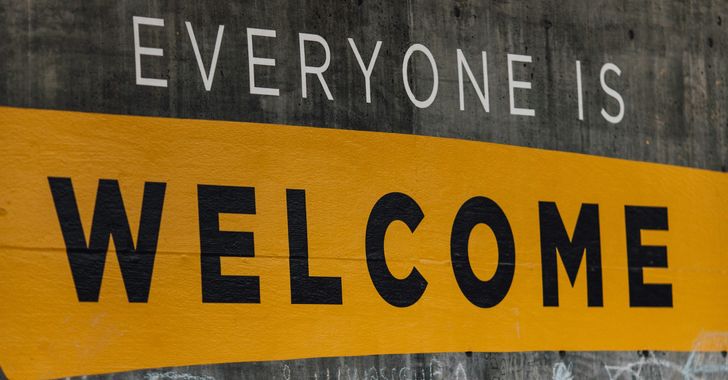 Everyone is Welcome signage
Photo by
Everyone is Welcome signage
Photo by  man with cap and background with red and pink wall l
Photo by
man with cap and background with red and pink wall l
Photo by 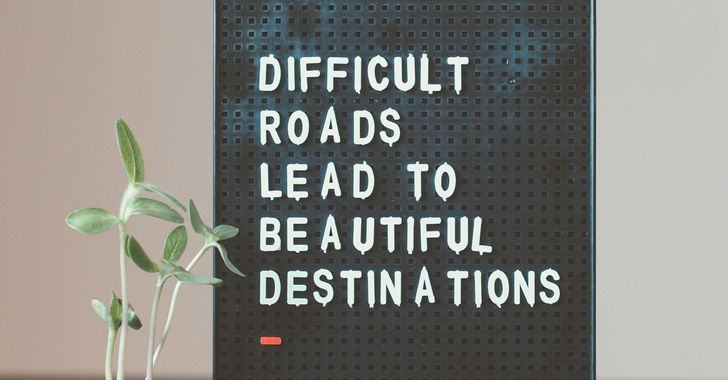 difficult roads lead to beautiful destinations desk decor
Photo by
difficult roads lead to beautiful destinations desk decor
Photo by  photography of woman pointing her finger near an man
Photo by
photography of woman pointing her finger near an man
Photo by  closeup photography of woman smiling
Photo by
closeup photography of woman smiling
Photo by  a man doing a trick on a skateboard
Photo by
a man doing a trick on a skateboard
Photo by  two men
two men  running man on bridge
Photo by
running man on bridge
Photo by  orange white and black bag
Photo by
orange white and black bag
Photo by  girl sitting on gray rocks
Photo by
girl sitting on gray rocks
Photo by 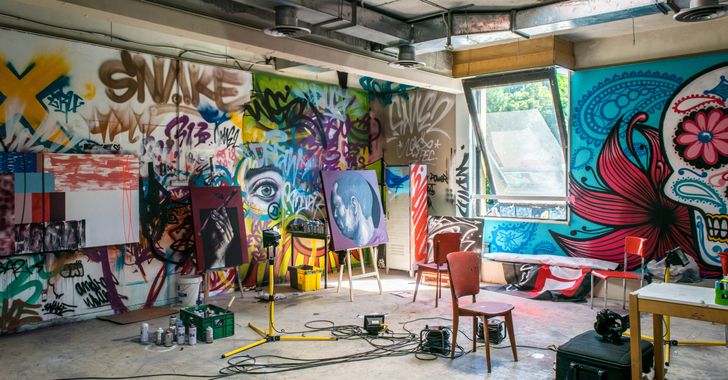 assorted-color painted wall with painting materials
Photo by
assorted-color painted wall with painting materials
Photo by  three women sitting on brown wooden bench
Photo by
three women sitting on brown wooden bench
Photo by 
 Photo by
Photo by  Photo by
Photo by  Photo by
Photo by  Photo by
Photo by 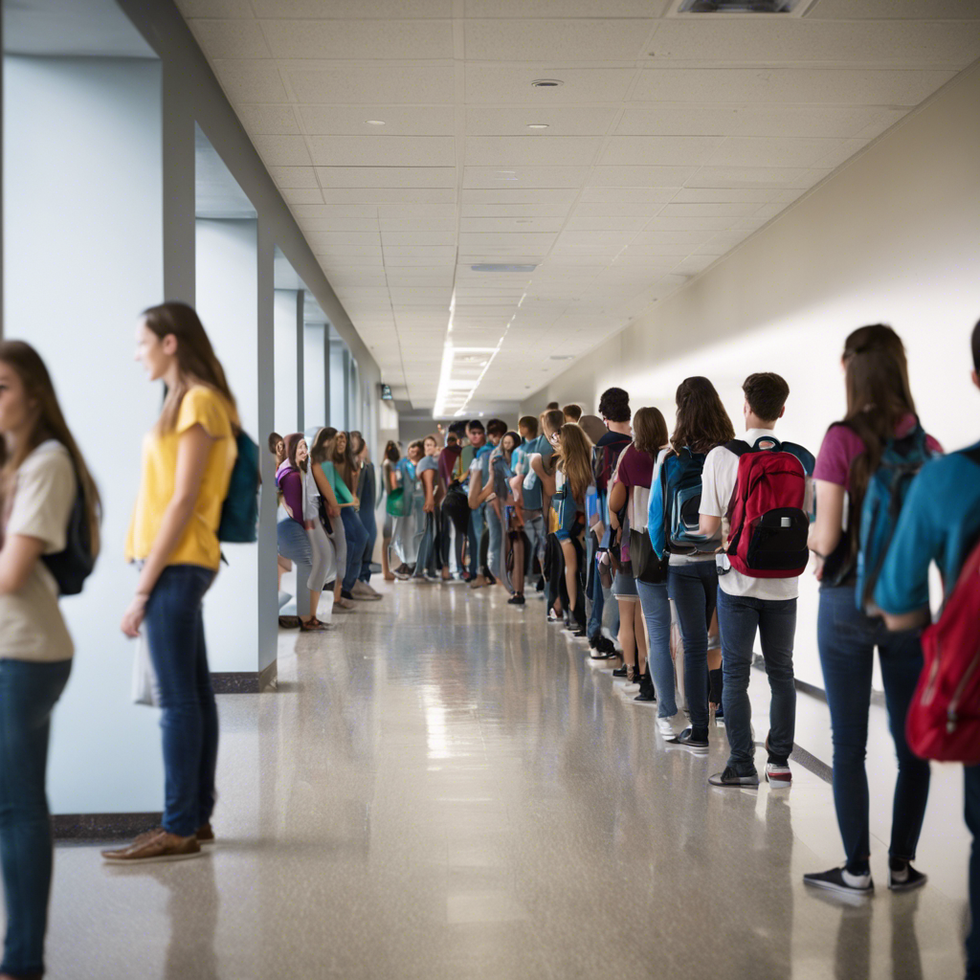


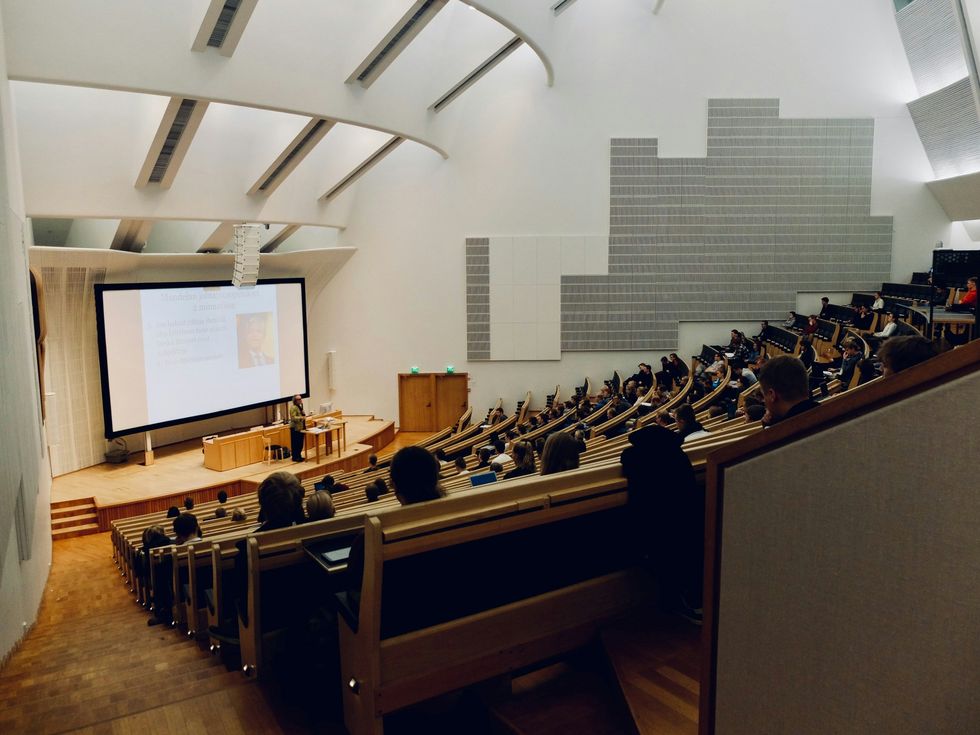 people sitting on chair in front of computer
people sitting on chair in front of computer











